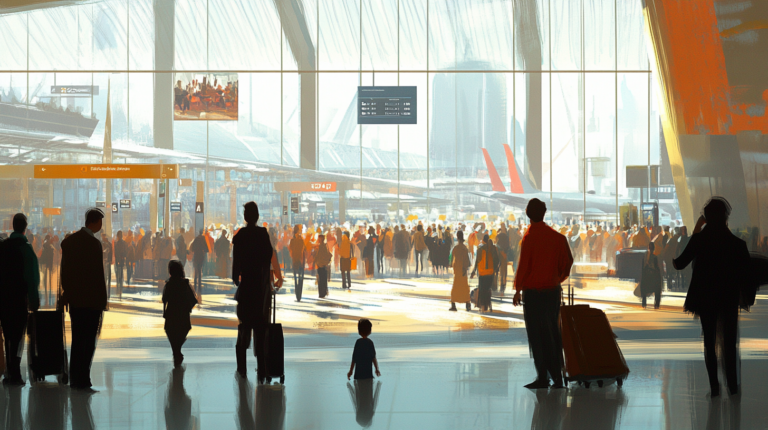Do You Have to Pick Up Baggage Between Connecting Flights Internationally?
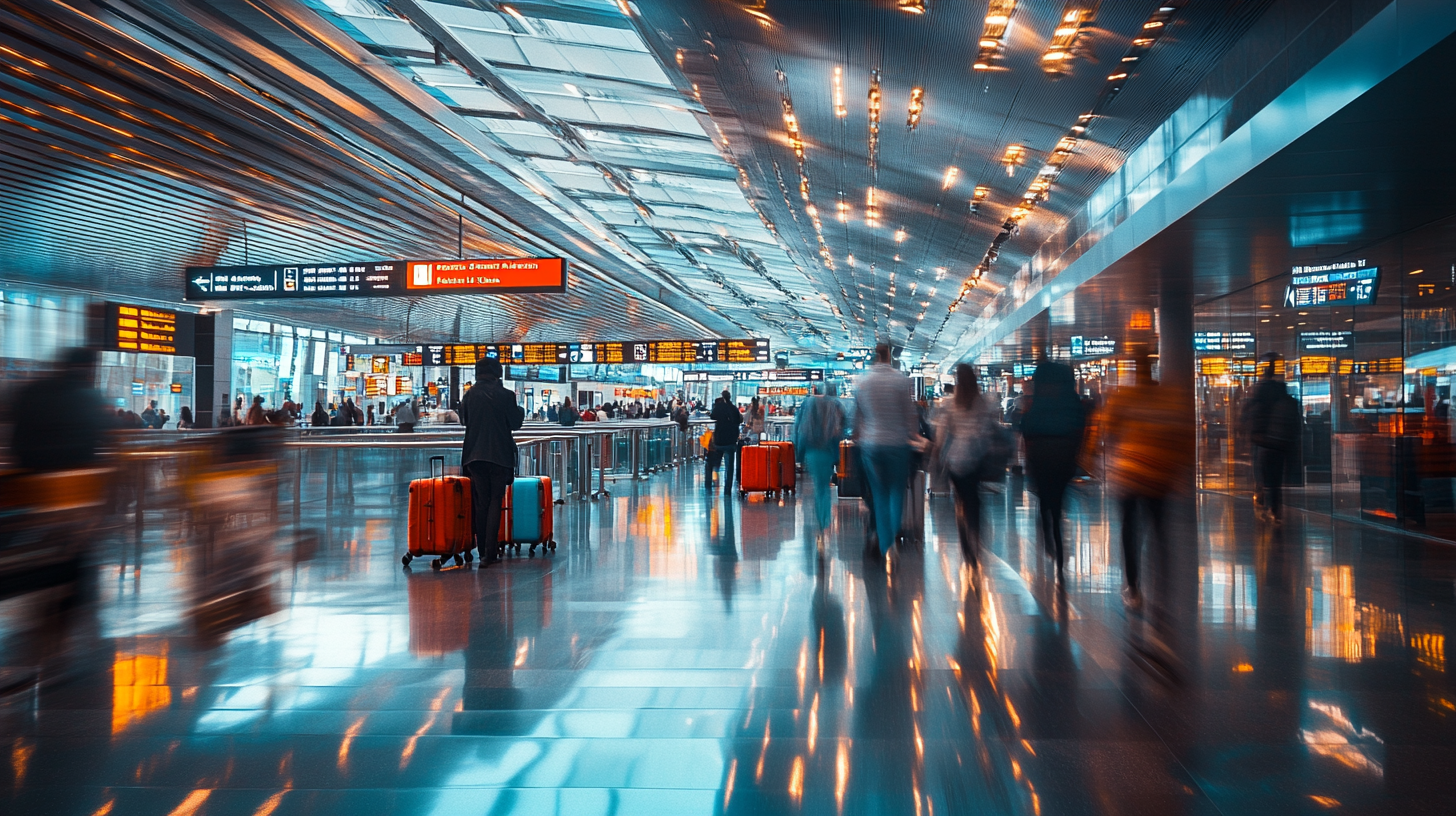
International travel often brings a mix of excitement and anticipation, but also a fair share of uncertainty and stress. One of the most perplexing aspects for many globetrotters is the question of baggage handling during international connections. Imagine you’ve just arrived at a bustling airport halfway around the world, jet-lagged and eager to reach your final destination. The looming question is: “Do I need to pick up my luggage and recheck it for my next flight?”
This concern isn’t just about convenience; it can significantly impact your travel plans, timing, and overall experience. The answer isn’t always straightforward. It depends on a myriad of factors, including airline policies, ticket types, customs regulations, and even the specific airports involved. This comprehensive guide delves into these factors in detail, aiming to demystify the process. With practical advice and insights, you’ll be better equipped to navigate international airports with confidence and ensure a smoother journey.
Understanding Airline Agreements and Ticket Types
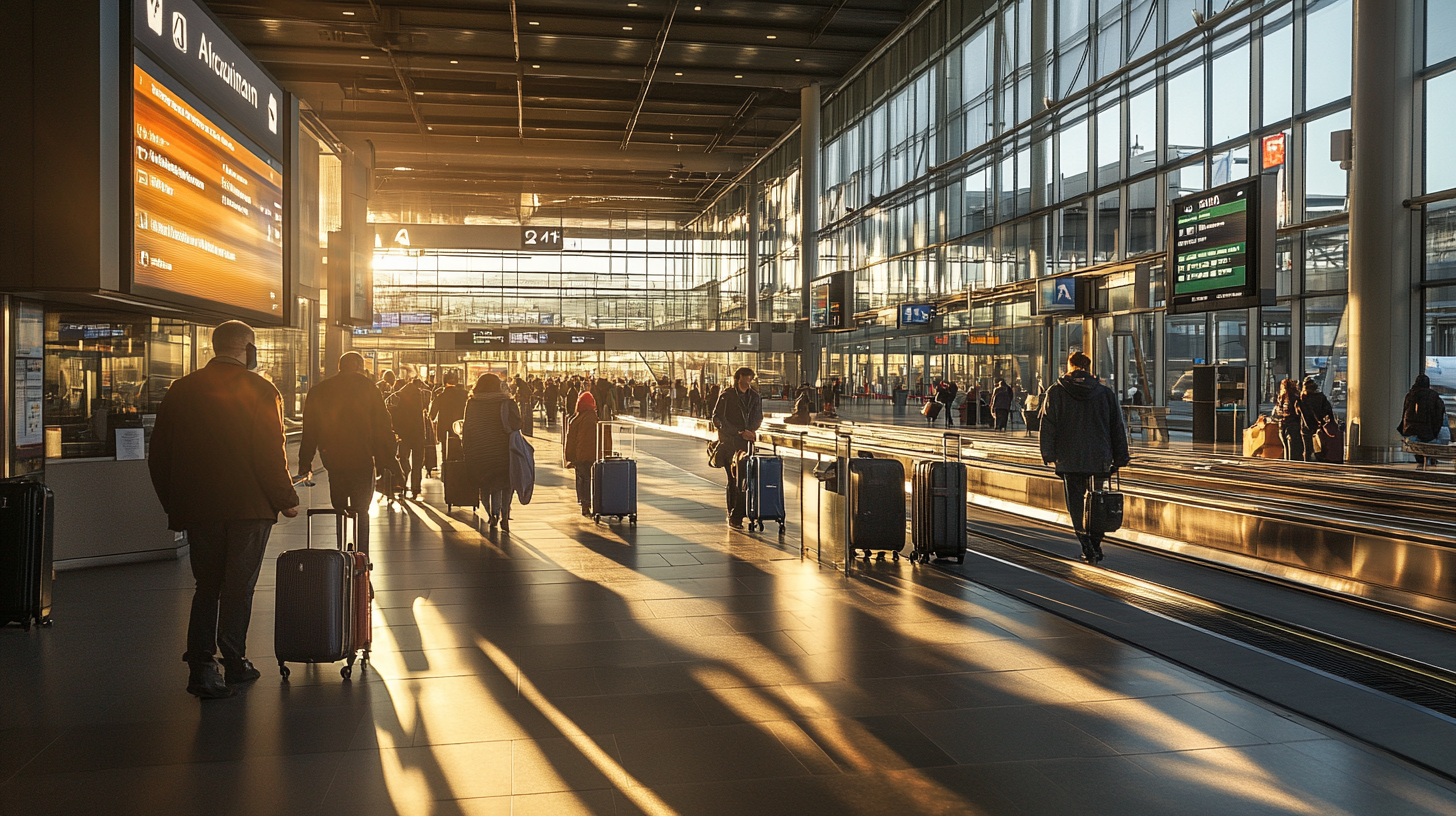
The nature of your airline bookings plays a pivotal role in determining whether you’ll need to collect and recheck your baggage during an international layover. Grasping the nuances of airline agreements and ticket types can save you time and prevent unnecessary hassles.
Single Tickets with Interline Agreements

Booking your entire journey under a single ticket often simplifies many aspects of travel, including baggage handling. When airlines have established interline agreements, they cooperate to transfer baggage seamlessly between flights, even if operated by different carriers. This means your checked luggage is typically tagged to your final destination, and you won’t need to handle it until you arrive.
For instance, consider a traveler flying from Paris to Tokyo with a layover in Dubai. If both legs are booked on the same ticket and the airlines involved have interline agreements, such as those within the Emirates and Japan Airlines partnership, the traveler’s bags will automatically be transferred in Dubai. There’s no need to pick them up during the layover.
Understanding these agreements is crucial. Interline agreements are partnerships between airlines that facilitate the transfer of passengers and baggage. According to Comprehensive Guide to Airline Interline Agreements , these arrangements are designed to enhance connectivity and passenger convenience across different airlines’ networks.
Multiple Tickets and Separate Bookings
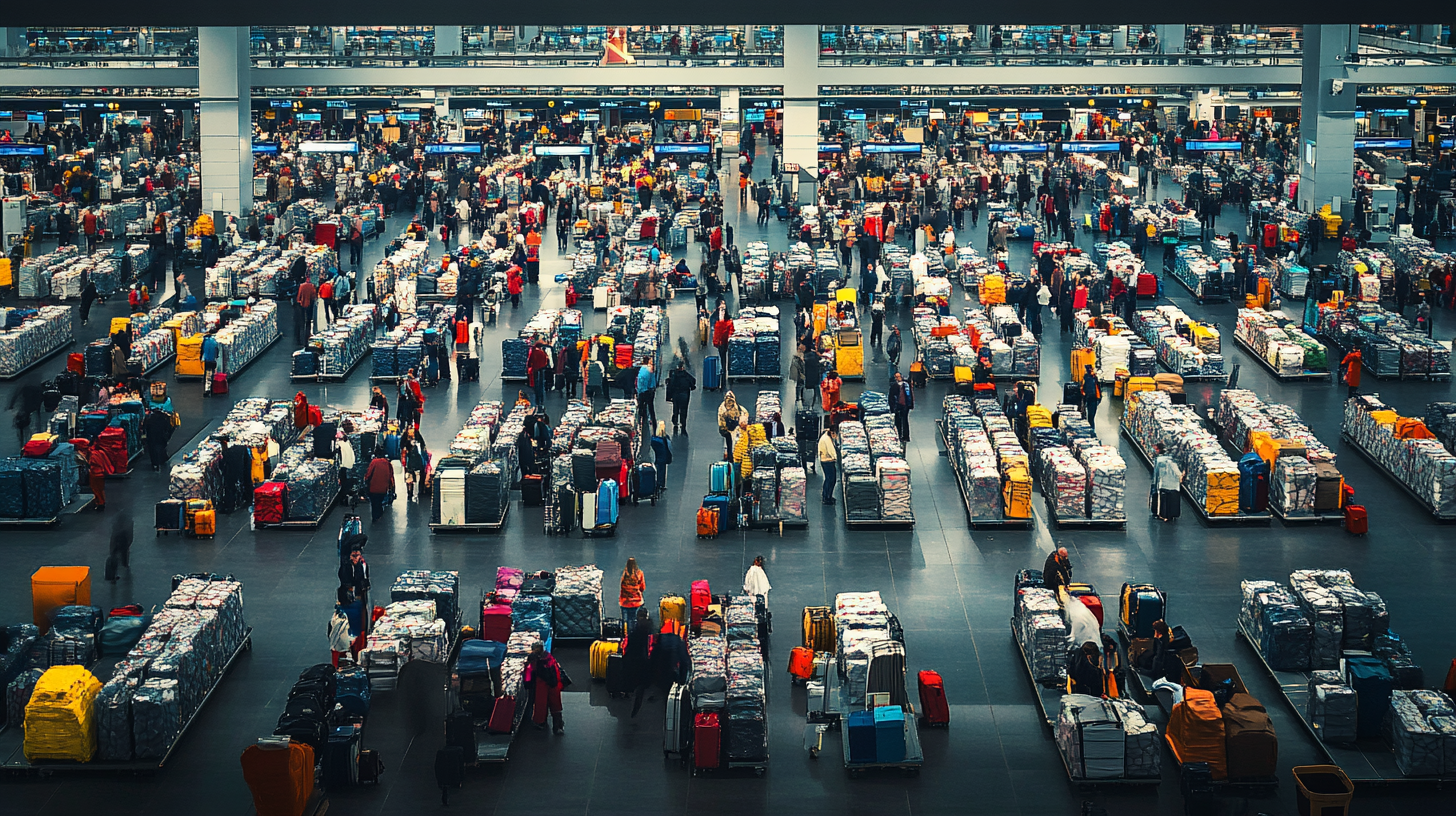
On the other hand, if you’ve booked flights on separate tickets, even if they are with the same airline, you might be responsible for collecting your baggage and rechecking it. Airlines treat each ticket as a separate contract, and therefore, may not automatically transfer your baggage to the next flight.
Suppose you’re traveling from London to New York on one ticket with Airline A, and then from New York to Los Angeles on a separate ticket with Airline B. In this scenario, even if both airlines are part of an alliance or have codeshare agreements, you may need to:
1. Retrieve your baggage upon arrival in New York.
2. Clear customs and immigration.
3. Recheck your baggage for the flight to Los Angeles.
This process can be time-consuming and stressful, particularly if your layover is short. According to Navigating Separate Ticket Bookings for International Travel , travelers should allow extra time between flights and be prepared for additional procedures when flights are booked separately.
Customs and Immigration Regulations

While airline policies are significant, customs and immigration regulations of the countries you’re transiting through are equally important. These regulations can override airline practices and require you to collect your baggage for inspection.
Entering the United States and Canada

In countries like the United States and Canada, customs and border protection policies mandate that all passengers entering the country, even if they’re connecting to another international flight, must collect their checked baggage at the first point of entry. This policy applies regardless of whether your luggage is tagged to your final destination.
The process typically involves:
1. Deplaning at your first entry airport in the U.S. or Canada.
2. Proceeding to immigration for passport control.
3. Retrieving your checked baggage from the carousel.
4. Clearing customs with your baggage.
5. Rechecking your baggage for your connecting flight.
This procedure ensures that customs officials can inspect all incoming goods. For example, a traveler flying from London to Mexico City with a layover in New York must collect their luggage in New York, even if both flights are on the same ticket. Ignorance of this requirement can lead to missed connections and significant delays.
To better understand these regulations, refer to U.S. Customs and Border Protection Guidelines for International Travelers . Being aware of such policies can help you plan accordingly.
Other Countries’ Policies

Customs procedures vary worldwide. In many countries, if your baggage is tagged to your final destination and you’re not exiting the airport, you might not need to collect your luggage during a layover. However, some nations have specific rules.
For example, in China, passengers transiting through certain airports may be required to clear customs and recheck their baggage, even if it’s tagged to the final destination. Conversely, countries within the Schengen Area in Europe often allow seamless baggage transfers for international connections.
It’s essential to research the customs policies of each country on your itinerary. The International Customs Regulations for Travelers provides a detailed overview of various countries’ customs procedures.
Factors Influencing Baggage Transfer Requirements
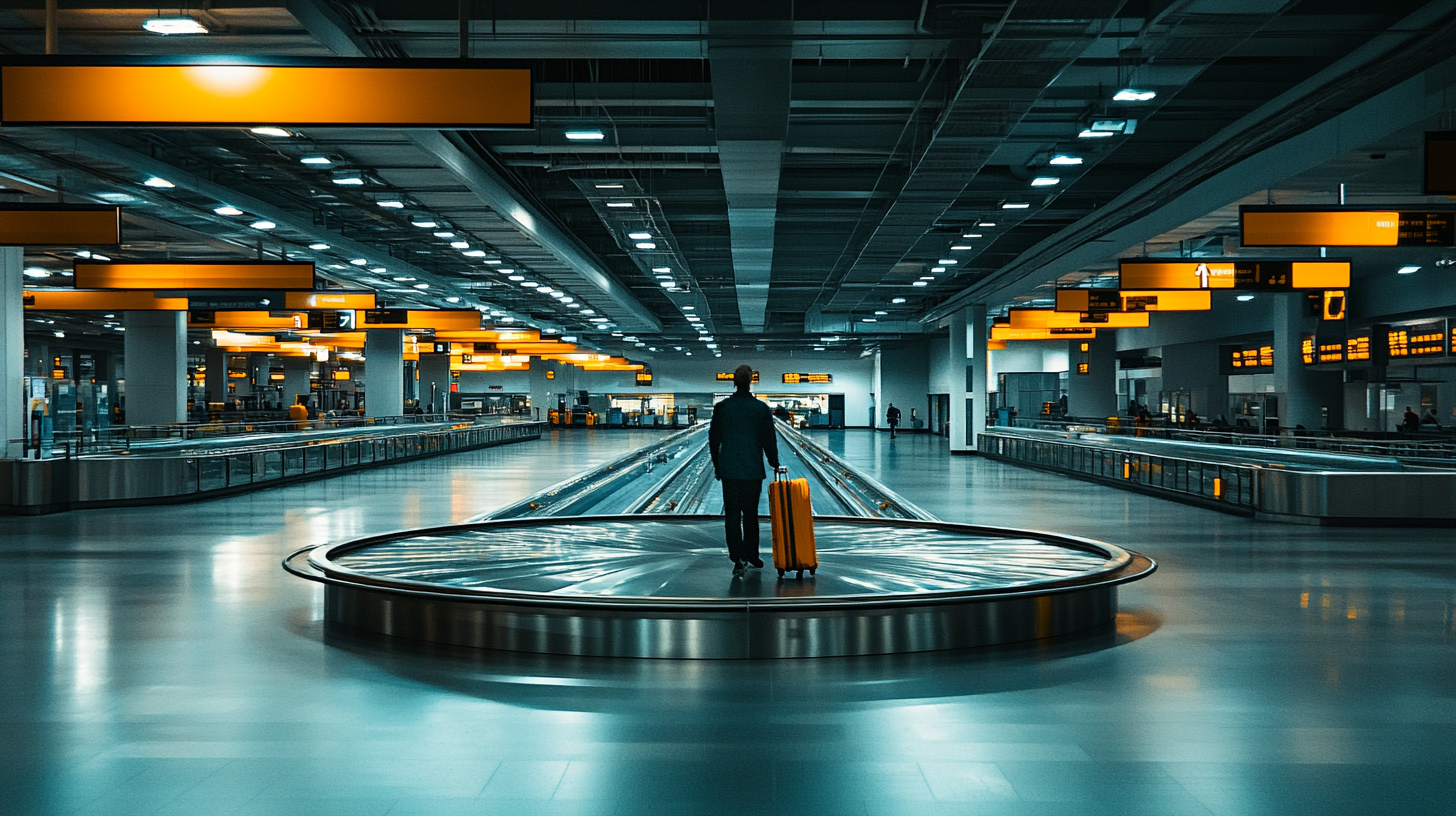
Several key factors influence whether you need to pick up and recheck your baggage during international connections. Understanding these can help you anticipate potential issues and plan your journey more effectively.
- Airline Partnerships and Alliances: Airlines that are part of alliances like Star Alliance, Oneworld, or SkyTeam often have agreements to transfer baggage directly to your final destination. For instance, flying with members of the same alliance increases the likelihood of seamless baggage transfer. According to Benefits of Airline Alliances for Travelers , such partnerships are designed to enhance the passenger experience across member airlines.
- Self-Transfer Flights: If you’ve arranged self-transfer flights by booking separate tickets independently, you’re responsible for managing your baggage between flights. This means collecting and rechecking your luggage, which can be particularly challenging if flights are delayed.
- Airport Layout and Facilities: Some airports require passengers to change terminals or even airports during a layover, necessitating baggage collection. For example, transferring between Tokyo’s Narita and Haneda airports requires collecting baggage and transporting it yourself.
- Layover Duration: Extremely long layovers, especially those involving overnight stays, may result in airlines returning your luggage to you. In such cases, you need to collect your baggage and recheck it the next day. Always check with your airline regarding their policies on long layovers.
Best Practices for Smooth Baggage Handling
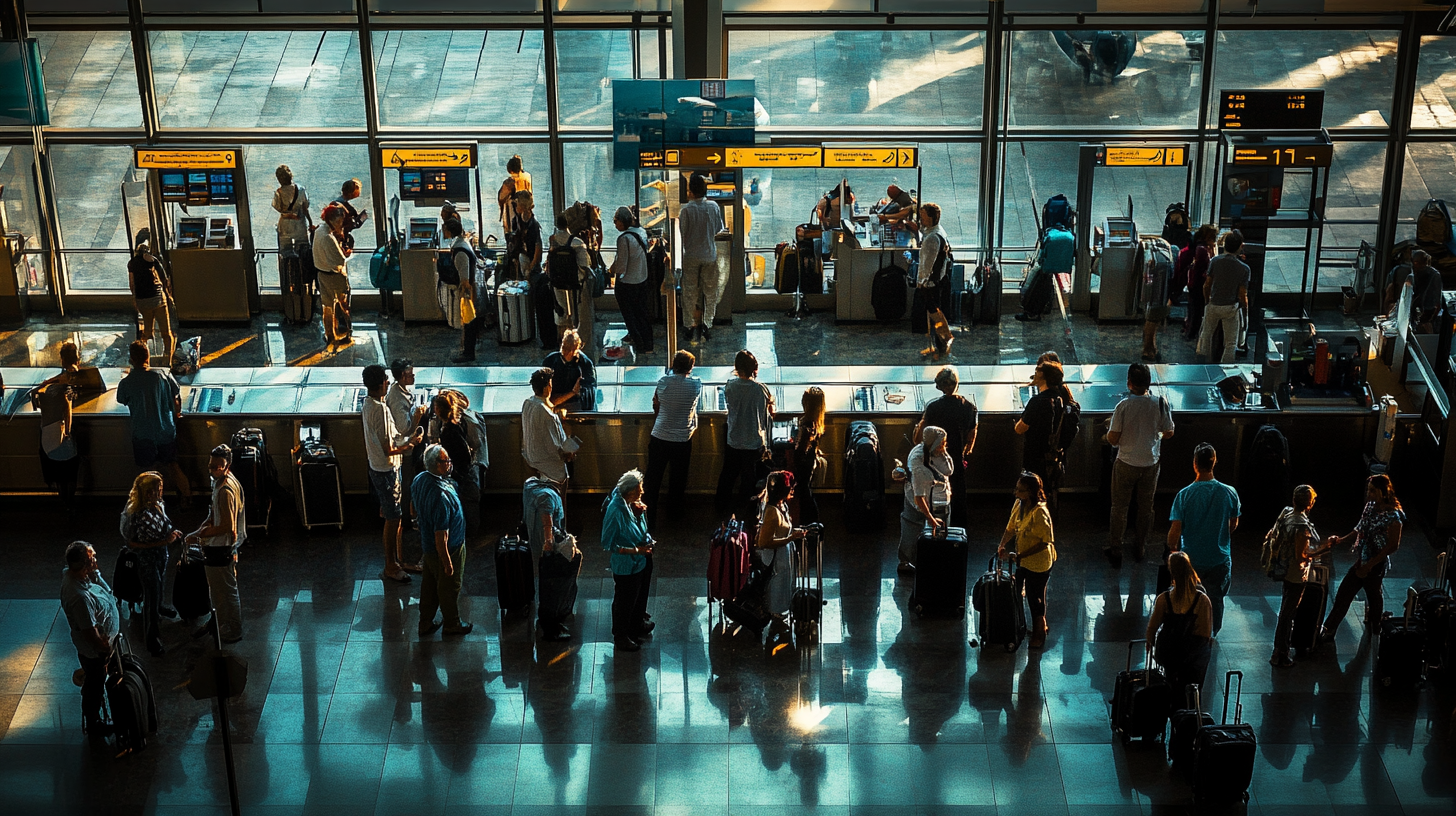
Navigating international connections can be seamless with proper planning and awareness. Here are some tips to help you manage your baggage effectively:
Confirm Baggage Handling at Check-In
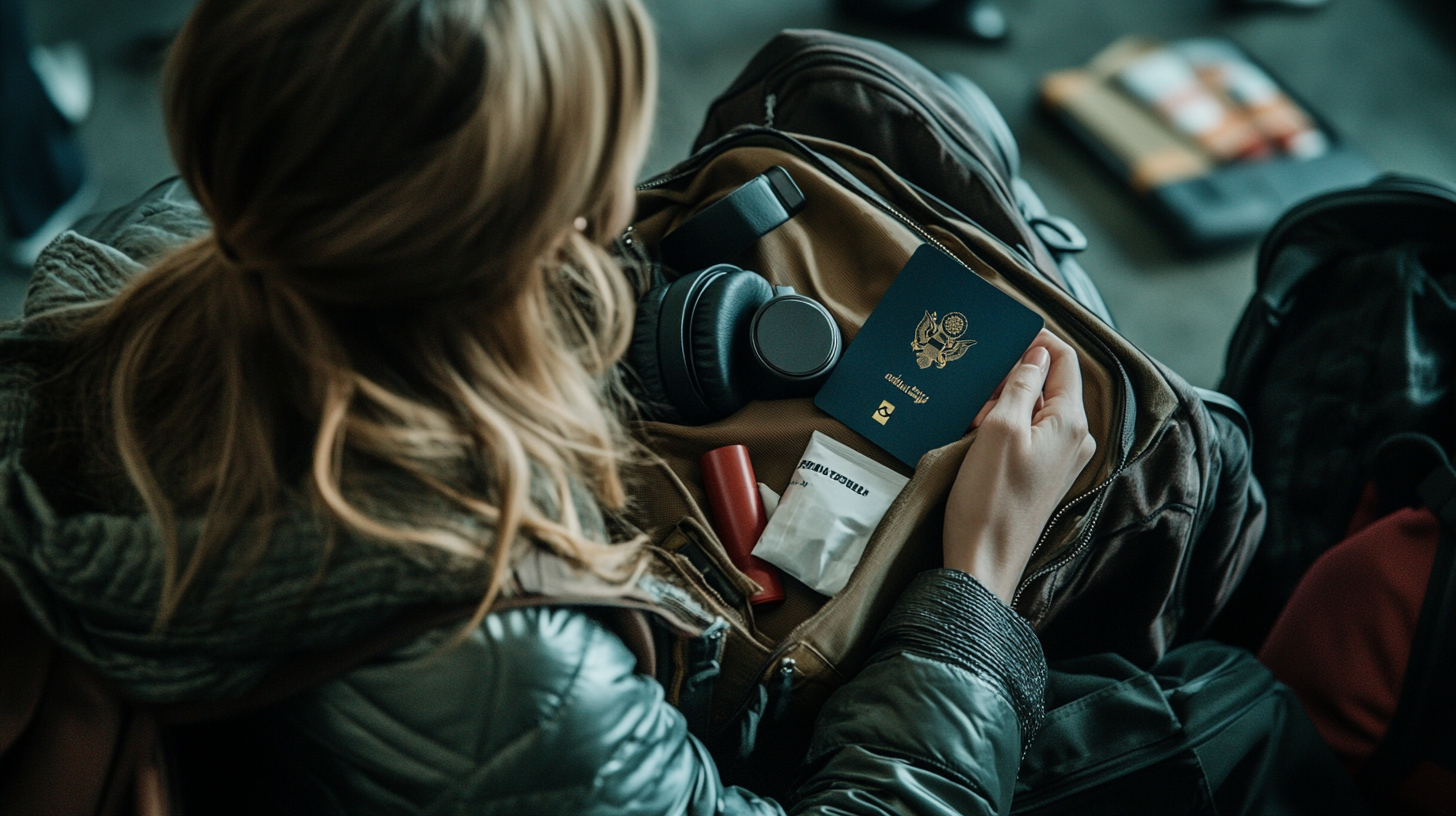
Always verify with the airline staff whether your baggage will be checked through to your final destination. During check-in, ask the agent to confirm the baggage tags and ensure they list the correct airport codes. This simple step can prevent misunderstandings and provide peace of mind. For more on this, see How to Verify Your Baggage Is Checked to Your Final Destination .
Keep Essential Items in Your Carry-On
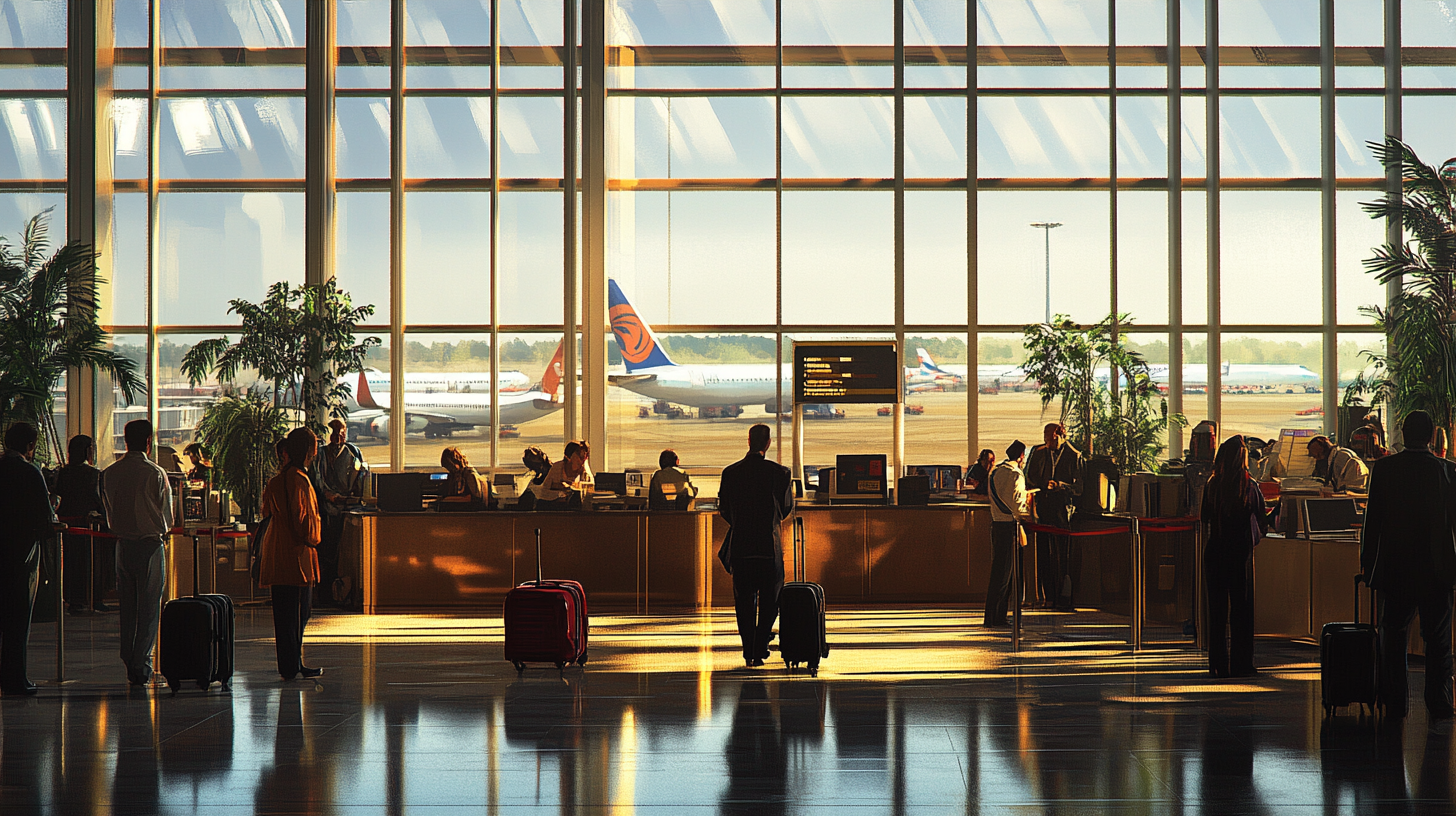
Pack crucial items such as medications, important documents, electronics, and a change of clothes in your carry-on luggage. In the event of delayed or lost baggage, having these essentials on hand can make a significant difference. According to The Essential Carry-On Packing Checklist for International Travel , keeping valuables with you is a key strategy.
Allow Ample Layover Time

Plan for sufficient time between flights to accommodate potential baggage rechecks, customs inspections, and terminal changes. A buffer of at least two to three hours is advisable for international connections involving baggage collection. This cushion helps account for possible delays and reduces the stress of tight connections.
Be Aware of Customs Requirements
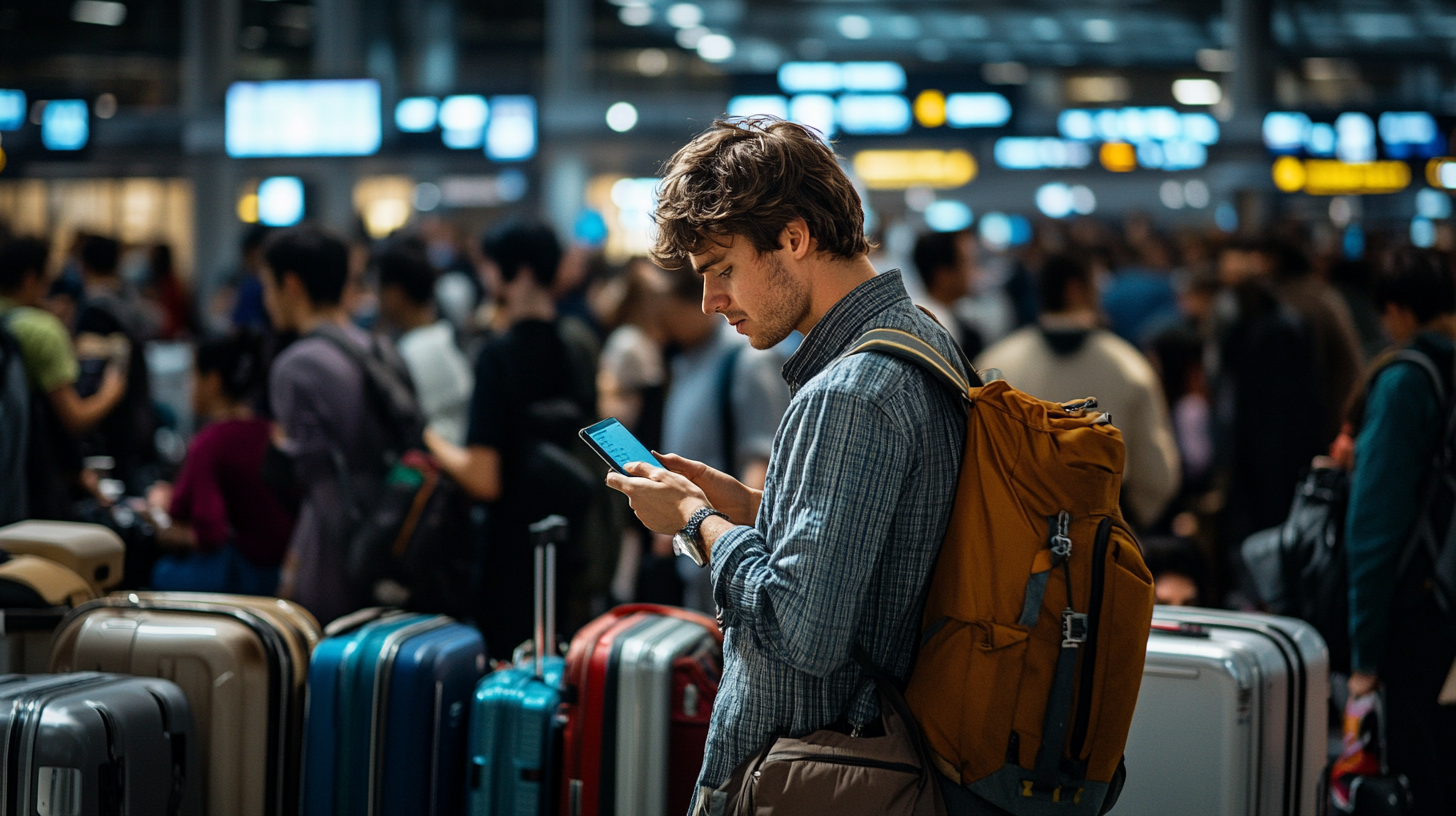
Research the customs regulations of countries on your itinerary before you travel. Understanding whether you’ll need to clear customs during a layover can help you prepare mentally and logistically for the process. Resources like the Global Entry Requirements for International Travelers provide valuable information.
Use Tracking and Identification
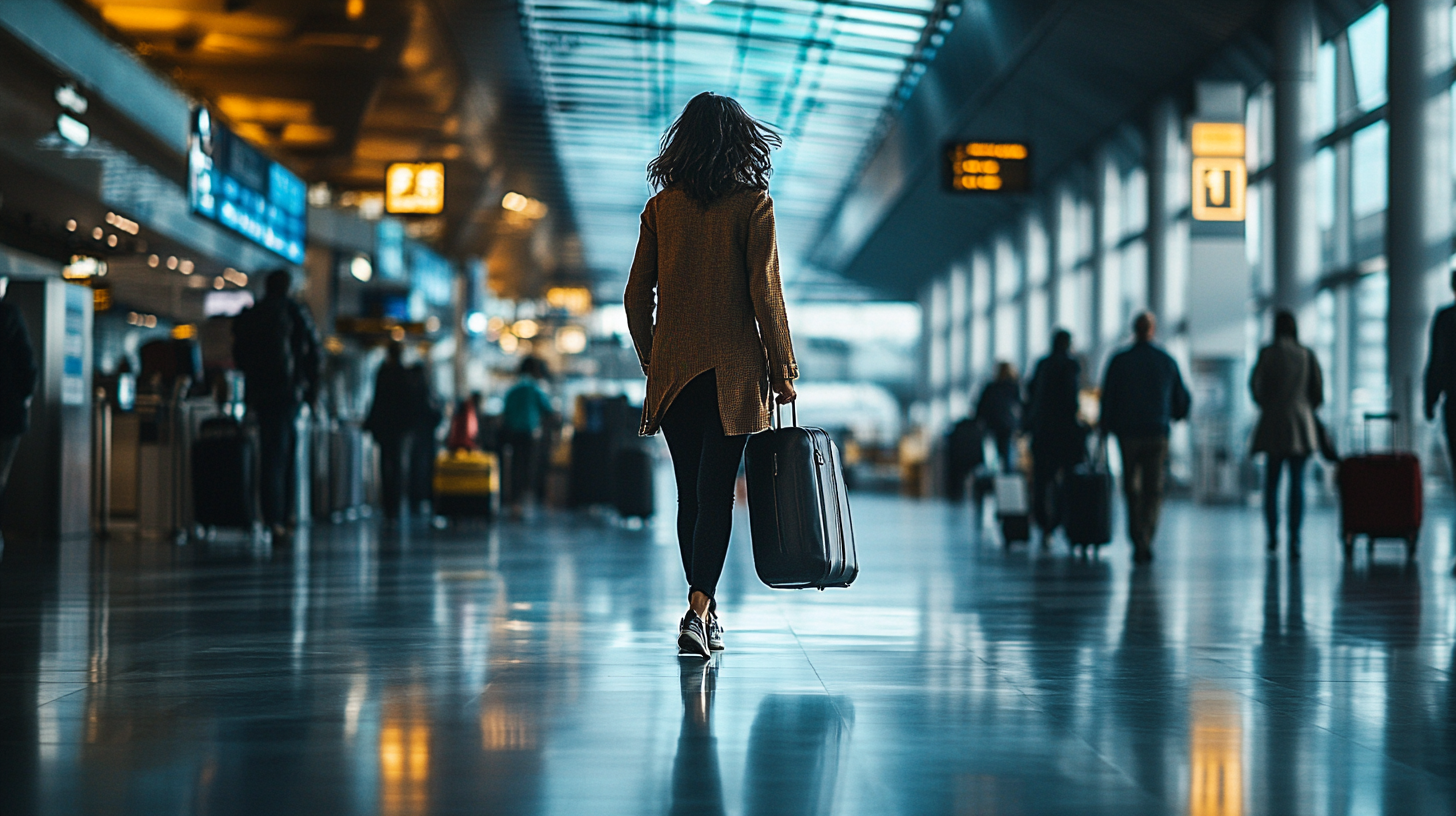
Ensure your luggage is easily identifiable and traceable. Use sturdy tags with your contact information and consider adding distinctive markers, like colorful straps or stickers, to your bags. Many airlines and airports offer baggage tracking services through mobile apps, providing real-time updates on your luggage’s location. Refer to How to Track Your Luggage Using Airline Apps and Services for more details.
Minimize Stress with Carry-On Only Travel
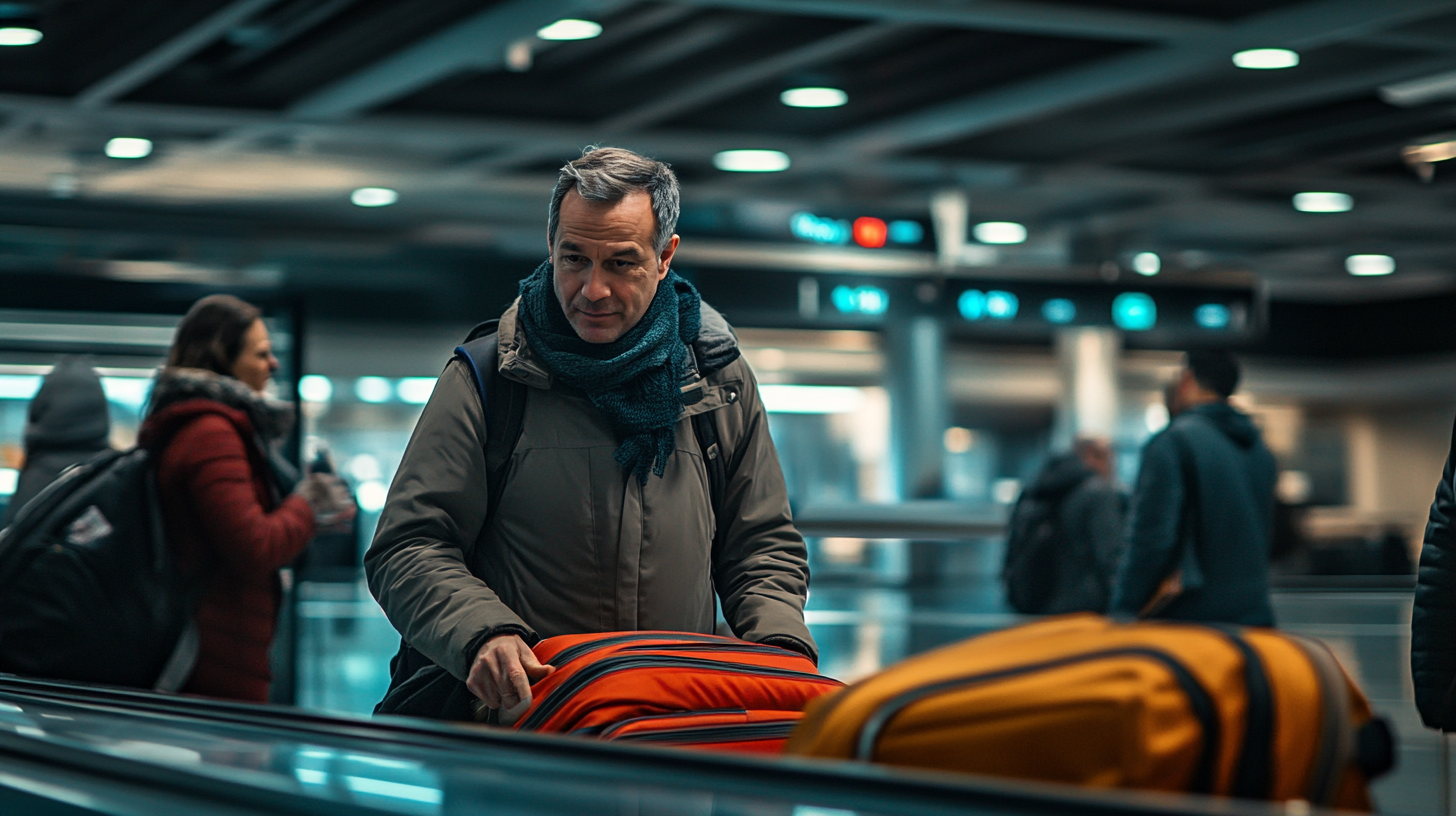
When possible, traveling with carry-on only luggage eliminates the need to worry about baggage transfers entirely. This approach simplifies your journey, reduces wait times at check-in and baggage claim, and minimizes the risk of lost or delayed luggage. The Advantages of Traveling with Carry-On Only outlines the benefits and offers packing tips.
Expert Insights from Industry Professionals

Drawing from the experience of airline industry veterans can provide valuable perspectives. Here are some insights:
“After working 15 years for an airline, I’ve seen how crucial it is for travelers to ensure their baggage is checked through to their final destination unless instructed otherwise. Internationally, collecting and rechecking bags when going through customs is standard, especially at your first U.S. entry point. By following airline guidelines and being proactive, you can streamline your travel process.” – Former Airline Employee
“Understanding the policies of both the airlines and the countries you’re traveling through can prevent a lot of headaches. Always double-check your itinerary and don’t hesitate to ask questions if you’re unsure about baggage procedures.” – Travel Consultant with Expertise in International Itineraries
Understanding the Risks and Rewards
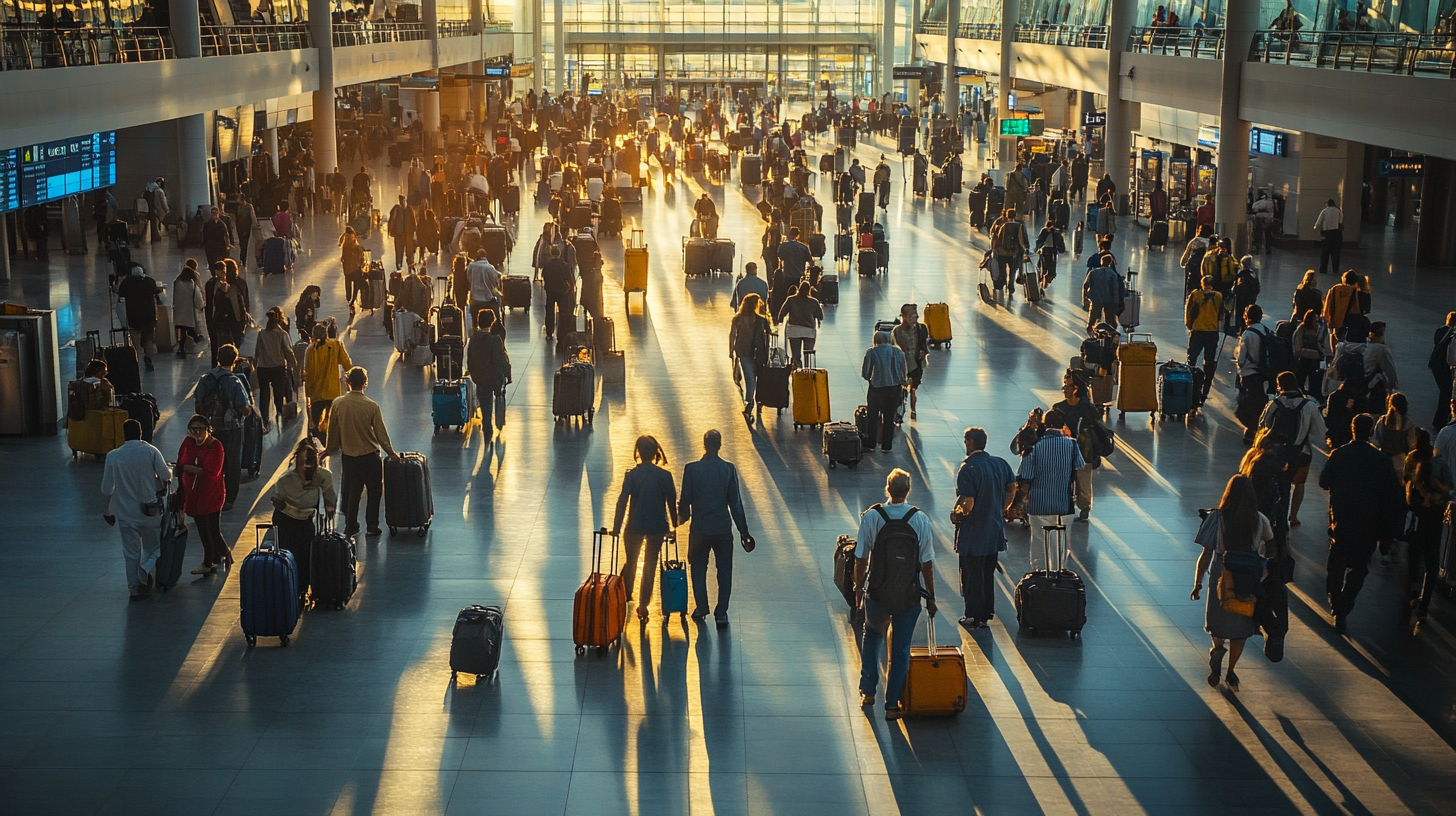
There are benefits to not having to pick up and recheck your luggage during connections, such as saving time and reducing physical strain. However, there are also risks to consider:
- Misrouted Luggage: The more connections your baggage makes without your supervision, the higher the chance it might not arrive on time or be sent to the wrong location. Baggage handling errors can occur, leading to delays in receiving your luggage.
- Customs Complications: Failing to collect your baggage when required can lead to customs violations and potential fines. For example, in the U.S., not declaring items and not presenting your baggage for inspection can result in penalties.
- Missed Connections: If you need to collect and recheck your baggage unexpectedly, it can cause you to miss your connecting flight, especially with tight layover times.
Being informed and vigilant helps mitigate these risks, ensuring that your luggage accompanies you throughout your journey.
Dealing with Special Circumstances
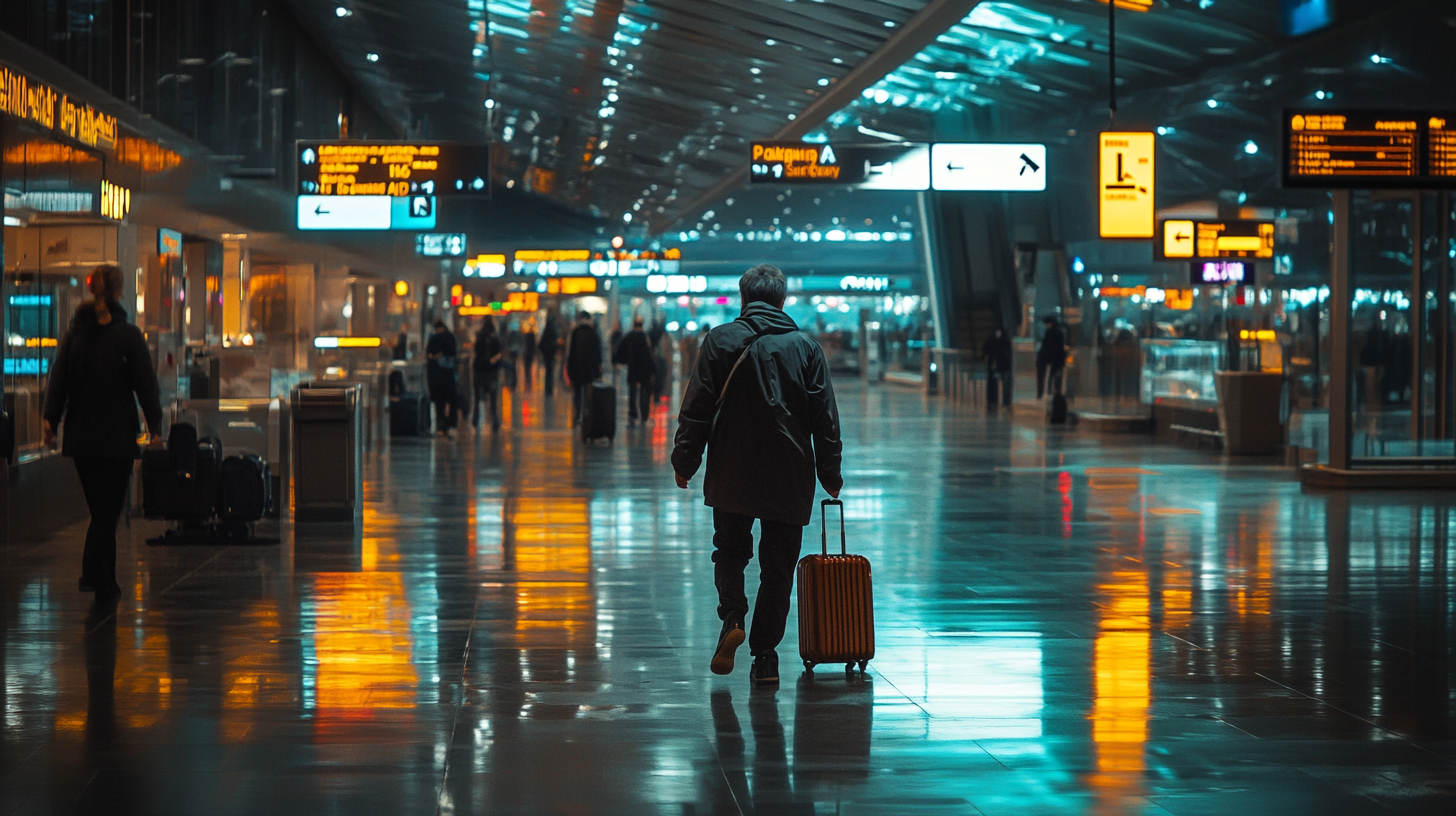
Every trip is unique, and certain situations may require additional considerations:
Long Layovers and Overnight Stays

If you have a long layover or an overnight stay, check whether the airline will hold your baggage or if you need to collect it. Some airlines might store your luggage during the layover, but others may require you to take it with you and recheck it for the next flight. This is particularly common in cases where the layover exceeds 12 hours or crosses into the next day. Refer to Managing Baggage During Long Layovers for specific airline policies.
Purchasing Liquids and Duty-Free Items
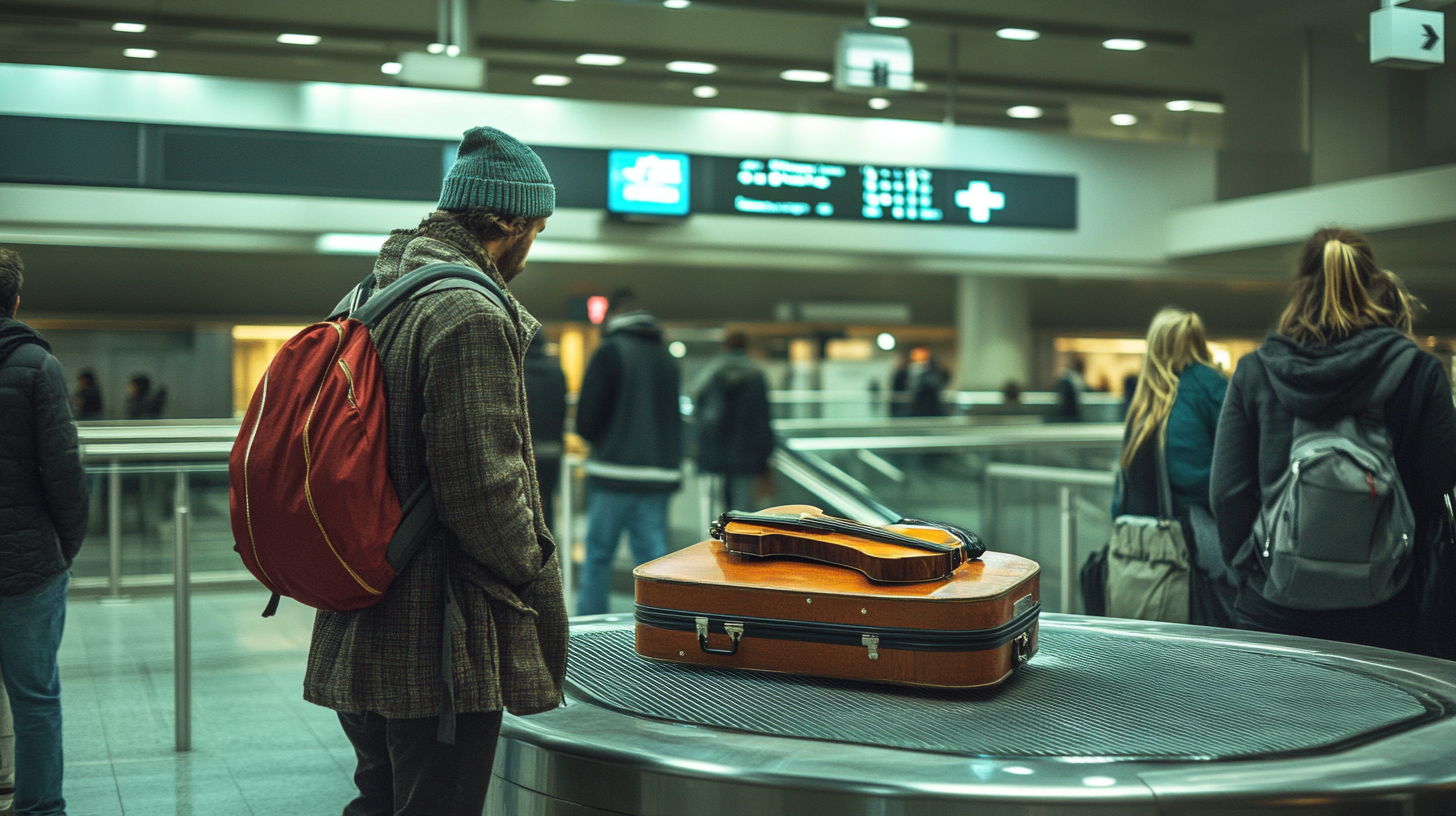
When buying liquids or duty-free items during your trip, remember that security regulations may require you to pack these items in your checked baggage. If you have a connecting flight, you might need to collect your checked bags to store these purchases, as carry-on restrictions vary by country. The Guide to Carrying Duty-Free Items Through International Airports provides detailed information.
Traveling with Special Items

If you’re carrying special items such as sports equipment, musical instruments, or fragile goods, you may need to adhere to specific baggage handling procedures. These items might not be automatically transferred during connections and could require you to handle them personally. Check the airline’s policy on special items, as outlined in Airline Policies for Special Baggage Items .
Final Thoughts
International travel doesn’t have to be daunting, even when connecting flights and baggage handling are involved. By understanding the factors that influence whether you need to pick up your baggage between flights, you can plan effectively and reduce travel stress.
Follow us back to Seat 5A for more travel tips and insights. Always:
- Verify ticket types and airline agreements to know how your baggage will be handled.
- Research customs requirements for each country on your route to avoid surprises.
- Communicate with airline staff and ask questions whenever you’re uncertain.
- Plan for extra time between connections to accommodate potential delays.
- Stay informed about policies by consulting resources like Official Airline and Airport Websites for Baggage Information .
With careful preparation and awareness, you can navigate international connections confidently. By taking proactive steps, you ensure that both you and your baggage arrive at your final destination ready for the adventures ahead.
This blog post was AI-written / human assisted.


